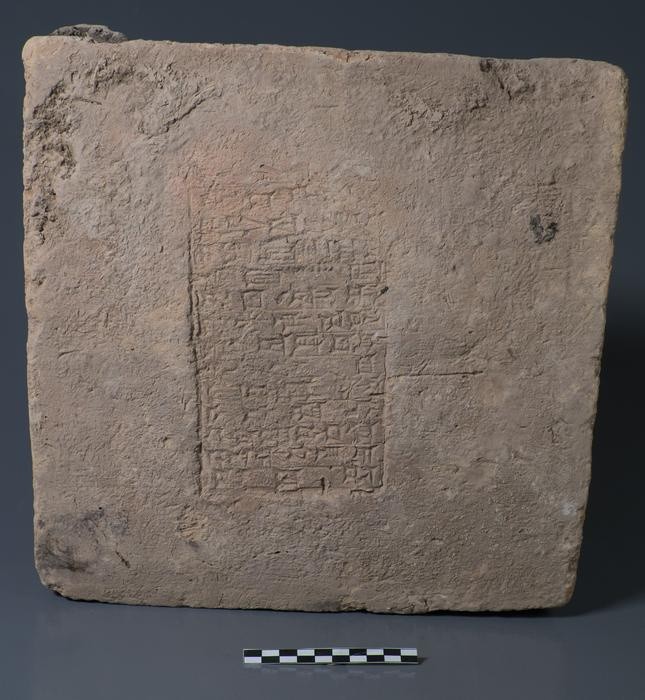Bricks from ancient Mesopotamia, where names of the kingdom's kings were inscribed, have revealed new insights regarding a 3,000-year-old anomaly in Earth's magnetic field, according to a recent study.
The paper, published in the Proceedings of the National Academy of Sciences (PNAS) on Dec.18, detailed how Earth's magnetic field has changed and fluctuated over the years by analyzing the iron oxide contained within the ancient bricks found in modern-day Iraq.
These findings might even help improve the current dating techniques, the researchers wrote.

Geomagnetic Clues Found within Mesopotamian Bricks
Mark Altaweel, co-author of the study and archaeology professor at University College London, told EurekAlert that the common practice in determining the age of ancient Mesopotamian artifacts is to utilize contemporary radiocarbon dating technology.
However, the professor added that "most cultural remains, such as bricks and ceramics, cannot typically be easily dated because they don't contain organic material," which is why this recent discovery can now help establish an "important dating baseline."
The researchers analyzed a total of 32 ancient Mesopotamian bricks and the granular iron oxide found within them to find out the state of Earth's magnetic field at the time of the bricks' baking. According to Altaweel and his colleagues, minerals have a unique quality that allows them to "record" distinct signatures from the Earth's magnetic field, especially when heated.
A Timeline of Changes Within Earth's Magnetic Field
The team already had prior dating of the bricks because they analyzed the inscriptions within each of them, displaying the names of a total of 12 Mesopotamian kings and details about their ruling.
The researchers then combined this earlier data with measurements of the magnetic field's strength found within the bricks to create a timeline describing the differing fluctuations of Earth's magnetic field in ancient Mesopotamia.
These findings provided much-needed evidence for the "Levantine Iron Age geomagnetic Anomaly" event when the world possessed an incredibly strong magnetic field around 1050 to 550 BC. It is still unclear what the reason behind this anomalous event was, however, clues of the same phenomena have been detected in Bulgaria, China, and even in the North Atlantic Azores Region.
Specifically, in the examined five samples dated during the rule of Nebuchadnezzar II, between 604 to 562 BC, it was found that the planet's magnetic field changed drastically the most during the span of this period.